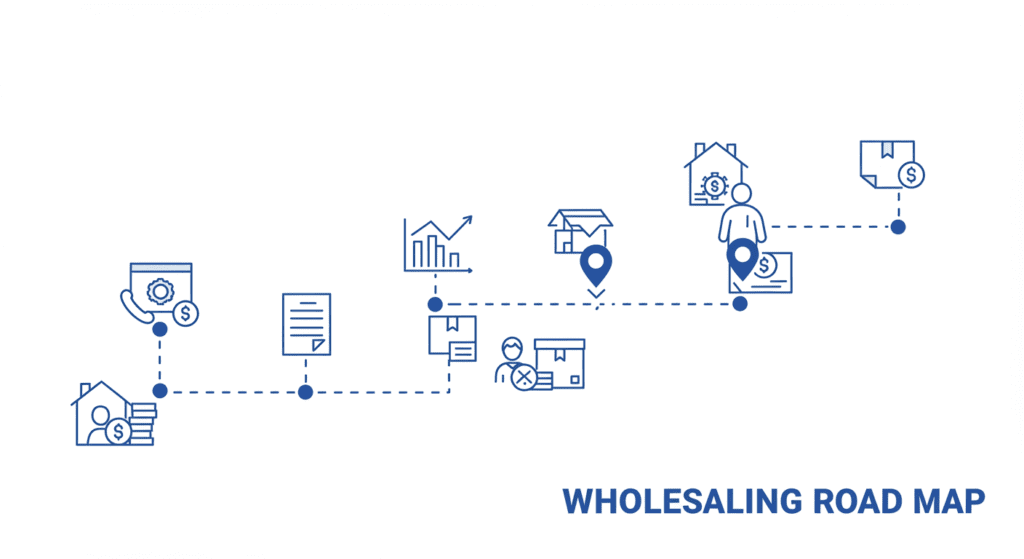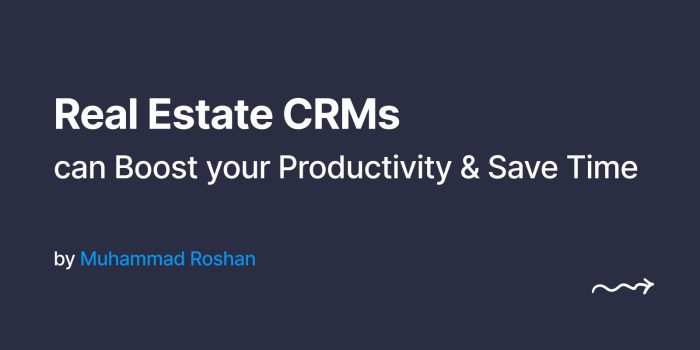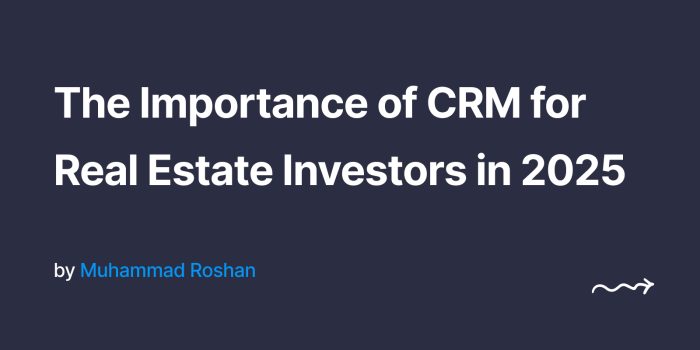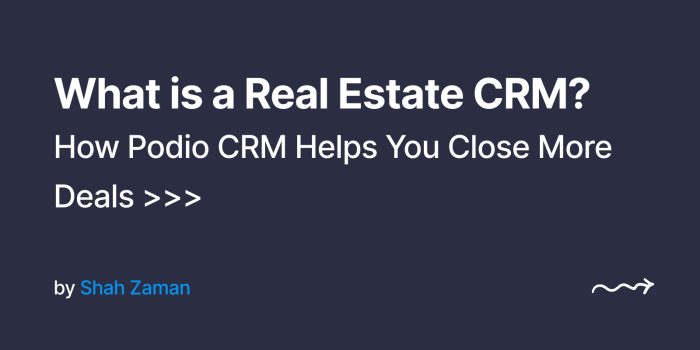Introduction
Securing a deal is exciting. Closing it profitably is the real win. In the real estate wholesaling business, many investors focus only on acquisition. But the real difference-maker isn’t just finding properties—it’s knowing what to do after the contract is signed. That next step depends entirely on your exit strategy.
A great deal can fall apart without the right plan to close it. That’s why every investor in the real estate wholesaling business needs solid, well-planned exit strategies. With REI Podio CRMs and Podio CRM automation, these strategies become easier to implement, track, and adjust as needed.
This blog breaks down why exit strategies matter, what your best options are, and how REI Podio CRMs support each move you make.

Why Every Deal in Your Real Estate Wholesaling Business Needs an Exit Strategy
Exit strategies aren’t just for worst-case scenarios. They’re how you turn a contract into profit. Without one, you’re operating blind. Markets shift, buyers back out, and opportunities can disappear. A planned exit helps you avoid panic decisions and protects your cash flow.
If you contract a property in a hot zip code but buyers suddenly back off, you need a backup strategy. Maybe it’s double closing. Maybe it’s selling to a rehabber or offering terms. Podio CRM, especially when powered by REI Podio CRMs, keeps your options open and your details organized.
Using a customized CRM helps you track buyer interest, property condition, and market status. This lets you adjust your approach quickly and avoid unnecessary delays. The real estate wholesaling business rewards those who plan, and the right system makes that plan easy to manage.
How Exit Strategies Protect You From Losses
The real estate market changes fast. Without a flexible exit, you’re gambling with your deals. Even if you land a great contract, holding it too long or making the wrong move can shrink your profits. Some wholesalers end up scrambling because they failed to plan for a buyer falling through or unexpected repair issues.
A good exit strategy doesn’t guarantee profit, but it gives you options. If your cash buyer vanishes, maybe you move to a lease option. If that falls flat, maybe owner financing works better. REI Podio CRMs gives you a centralized system to evaluate and shift between strategies without losing track of your progress.
Keeping all your data in a CRM for real estate wholesalers allows you to evaluate deals in real-time. You can see what buyers are active, which properties are ready to move, and which strategy fits best—all inside Podio CRM.
Maximizing Profits Through Smarter Exits
Not all deals pay out the same. A quick contract assignment might get you paid faster, but a well-executed double closing can bring in more. In a competitive market, knowing how and when to switch strategies is key to increasing your income.
For example, assigning a contract might net you $7,000. But if you double close with a rehab buyer who sees extra potential, you could make $20,000. Using REI Podio CRMs helps you compare the numbers and timelines. The Podio for real estate interface shows your options and automates your follow-up process.
The goal of every real estate wholesaling business should be profit and repeatable success. A systemized CRM, complete with Podio customization, keeps you aligned with that goal from contract to cash.
Common Exit Strategies Every Real Estate Wholesaler Should Know
Most investors start with the assignment of a contract. It’s simple. You find a deal, assign it to a buyer, and get paid a fee. This works best when buyers are ready and the deal is clean. It’s fast and low-risk, which makes it perfect for newer wholesalers.
Double closings come next. These involve buying the property and reselling it on the same day. It’s more complicated but allows more control and privacy. Sellers won’t see your markup, and buyers feel confident about your professionalism. REI Podio CRMs makes it easy to manage timelines, documents, and team coordination during this type of deal.
Wholesale to rehabbers is another powerful strategy. Fix-and-flip investors often pay more than cash buyers because they see future value. You just need to understand rehab costs and potential returns. With a customized CRM, you can track which buyers prefer distressed deals and send them opportunities automatically.
Owner financing is useful when buyers can’t qualify traditionally. You carry the note and receive monthly payments instead of a lump sum. This strategy works best when structured correctly, and REI Podio CRMs can help you build templates and manage payment records.
Lease options give you income and flexibility. A buyer leases now and buys later. This approach helps when properties aren’t selling fast or buyers need time to prepare financially. The CRM for real estate wholesalers allows you to track lease terms, payments, and buyer commitments all from one dashboard.

How to Decide Which Exit Strategy Fits the Deal
Not all deals work with all strategies. The market matters. The buyer matters. The property’s condition matters. When you’ve collected enough data through REI Podio CRMs, you can make informed decisions every time.
Hot markets with many cash buyers might favor quick assignments. Slower areas might demand more creativity, like lease options or owner-financed deals. If the property is in excellent shape, a fast sale to a landlord buyer may work. If it’s falling apart, selling to a rehabber makes more sense.
Sometimes, you need speed. Other times, you’re focused on maximizing your profit. That’s when having all your options documented inside your Podio CRM system gives you a real advantage. Your CRM holds notes, pricing comparisons, repair estimates, and buyer info so you never guess your next move.

Why Podio CRM Makes Exit Strategy Management Easier
REI Podio CRMs offers the best CRM for real estate wholesalers & investors because it’s built with these decisions in mind. You can tag deals based on preferred exit strategies. You can set automatic reminders to follow up with buyers. You can track every offer made, every repair bid received, and every signed document.
The CRM doesn’t just help with organization—it improves your decision-making. You’ll see clearly which buyers responded fastest, which strategies earned more, and which deals stalled out. That insight gives you an edge over competitors still juggling spreadsheets.
With Podio customization built into REI Podio CRMs, you get a workspace that matches your exact workflow. No distractions. No clutter. Just clarity.

The Cost of Skipping Exit Strategy Planning
Some wholesalers think deals will close themselves. That’s rarely true. Without a plan, you risk sitting on a contract that’s expiring or losing a buyer who’s ready to move. You may even end up paying for inspections or holding costs out of your pocket.
An exit strategy keeps you focused. It helps you avoid rushing into the wrong buyer. It saves you from accepting a lower fee because you didn’t plan. Podio for real estate helps you stay alert to these issues. REI Podio CRMs sends task reminders, tracks your timelines, and stores communication logs so nothing gets lost.
Missed opportunities are also common when you lack structure. While you’re stuck managing a poorly planned deal, better ones may pass by. REI Podio CRMs allow you to balance multiple deals and switch exit strategies without confusion.
Flexibility Is Key to Wholesaling Success
You can’t control everything. Markets shift. Buyers change their minds. Repair costs rise. That’s why flexibility is so important. You might plan to assign a contract but find out the buyer wants seller financing. You might expect a fast flip but discover a better profit by leasing first.
Having a customized CRM helps you adjust quickly. You can add new buyers, switch strategy tags, and change timelines without losing track. This flexibility reduces stress and keeps your profits stable.
In the real estate wholesaling business, one rigid plan is not enough. The most successful wholesalers use Podio CRM and REI Podio CRMs to prepare for multiple outcomes. That’s how they stay ready for every shift and every opportunity.

Conclusion
In real estate wholesaling, what happens after you secure a deal is just as important as getting the contract. Exit strategies aren’t just helpful—they’re essential. Whether you’re assigning, double closing, or offering financing, having a strategy and a system in place makes the difference between a win and a loss.









